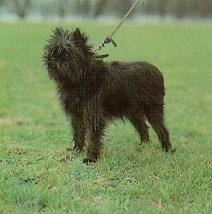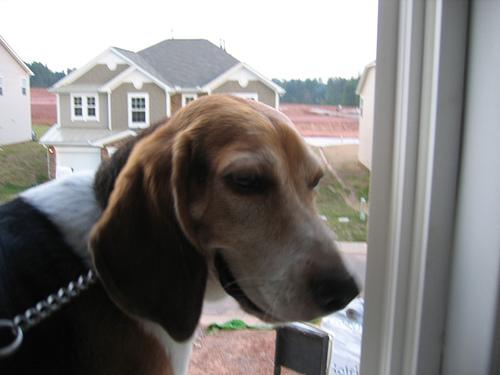About Pug
The Pug, with its wrinkled face, expressive eyes, and charming personality, is a beloved companion dog known for its playful spirit and affectionate nature. Originating from ancient China, this small breed has captured the hearts of dog lovers worldwide with its unique appearance and endearing qualities.
History and Origin
The Pug's history dates back to the Han Dynasty in ancient China (206 BC to 220 AD), where they were prized possessions of emperors and royal families. These early Pugs were likely descendants of the Lo-sze, a short-faced dog breed. They were treated with the utmost care, often living in luxury and even having their own servants. The breed eventually made its way to Europe in the 16th century, quickly becoming popular among European royalty, including Queen Victoria of England. Throughout their history, Pugs have been cherished as loyal companions and symbols of status.
Physical Characteristics
Pugs are small dogs, typically standing between 10 to 14 inches tall and weighing between 14 and 18 pounds. They have a distinctive appearance characterized by their wrinkled face, short muzzle, and large, round eyes. Their coat is short and wiry, usually fawn or black, with a well-defined black mask on their face. The tail is curled tightly over their back, a hallmark of the breed. While their coat is considered medium in length, shedding can be moderate.
Temperament and Personality
Pugs are known for their charming and playful personalities. They are affectionate, sociable, and love to be the center of attention. Pugs are generally good with children, rated a 4 out of 5, making them excellent family pets. However, their compatibility with other dogs is lower, often rated a 1 out of 5, so early socialization is important. They are relatively energetic, rated a 5 out of 5, and enjoy playing and going for short walks. Pugs are also known for their quirky habits, such as snorting, snuffling, and snoring, which add to their unique charm.
Training and Exercise Needs
Pugs are intelligent dogs, but their trainability is moderate, rated a 4 out of 5, as they can be stubborn at times. Positive reinforcement methods, such as treats and praise, work best. Early socialization and obedience training are essential to ensure they develop into well-behaved companions. While energetic, Pugs don't require excessive exercise. Short daily walks and playtime are usually sufficient to keep them happy and healthy. It's important to avoid strenuous exercise in hot weather due to their brachycephalic (short-nosed) build, which can make breathing difficult.
Health and Care
Pugs are prone to certain health issues due to their conformation. Brachycephalic Obstructive Airway Syndrome (BOAS) is a common concern, which can cause breathing difficulties. Other potential health problems include eye issues, such as corneal ulcers and progressive retinal atrophy (PRA), as well as hip dysplasia and patellar luxation. Regular veterinary checkups are crucial to monitor their health and address any potential issues early on. Grooming needs are relatively low, rated a 2 out of 5, requiring occasional brushing to manage shedding. Drooling is minimal, rated a 1 out of 5.
Is This Breed Right for You?
Pugs make wonderful companions for individuals and families who appreciate their playful personalities and are prepared to provide them with the necessary care. They thrive in indoor environments and require moderate exercise. Prospective Pug owners should be aware of the breed's potential health issues and be prepared to provide regular veterinary care. If you're looking for a small, affectionate, and comical companion who will bring joy and laughter into your life, the Pug might be the perfect breed for you.
Temperament
Basic Information
- Size Small
- Life Span 12-16 years
- Coat Type Wiry
- Coat Length Medium
Characteristics
Energy Level
5/5
Trainability
4/5
Good with Children
4/5
Good with Other Dogs
1/5
Shedding
3/5
Grooming Needs
2/5
Drooling
1/5
Comments
No comments yet. Be the first to comment!
Upload a Photo
You must be logged in to upload photos.
Compare Breeds
Compare this breed with another to find the perfect match for you.



